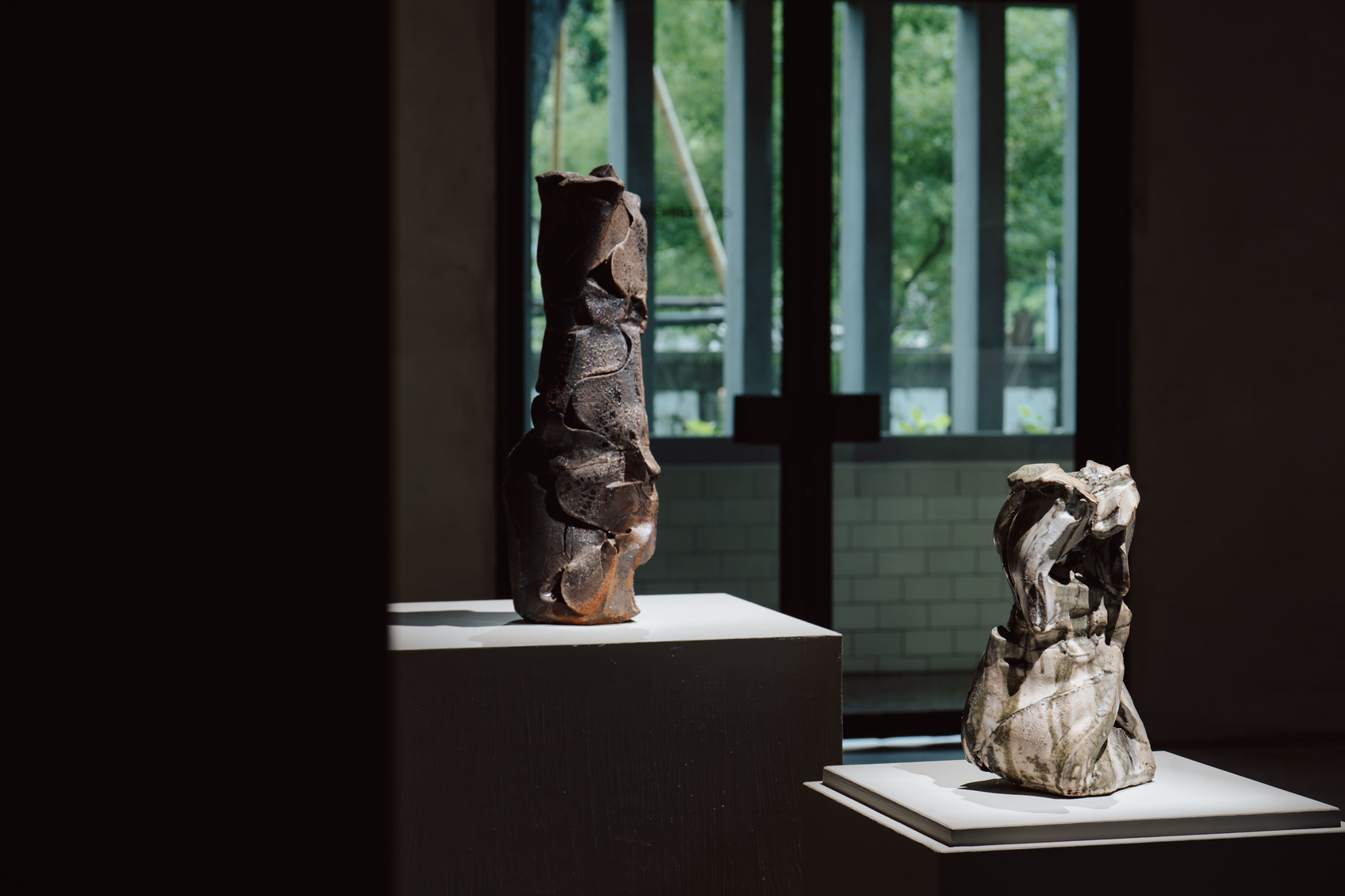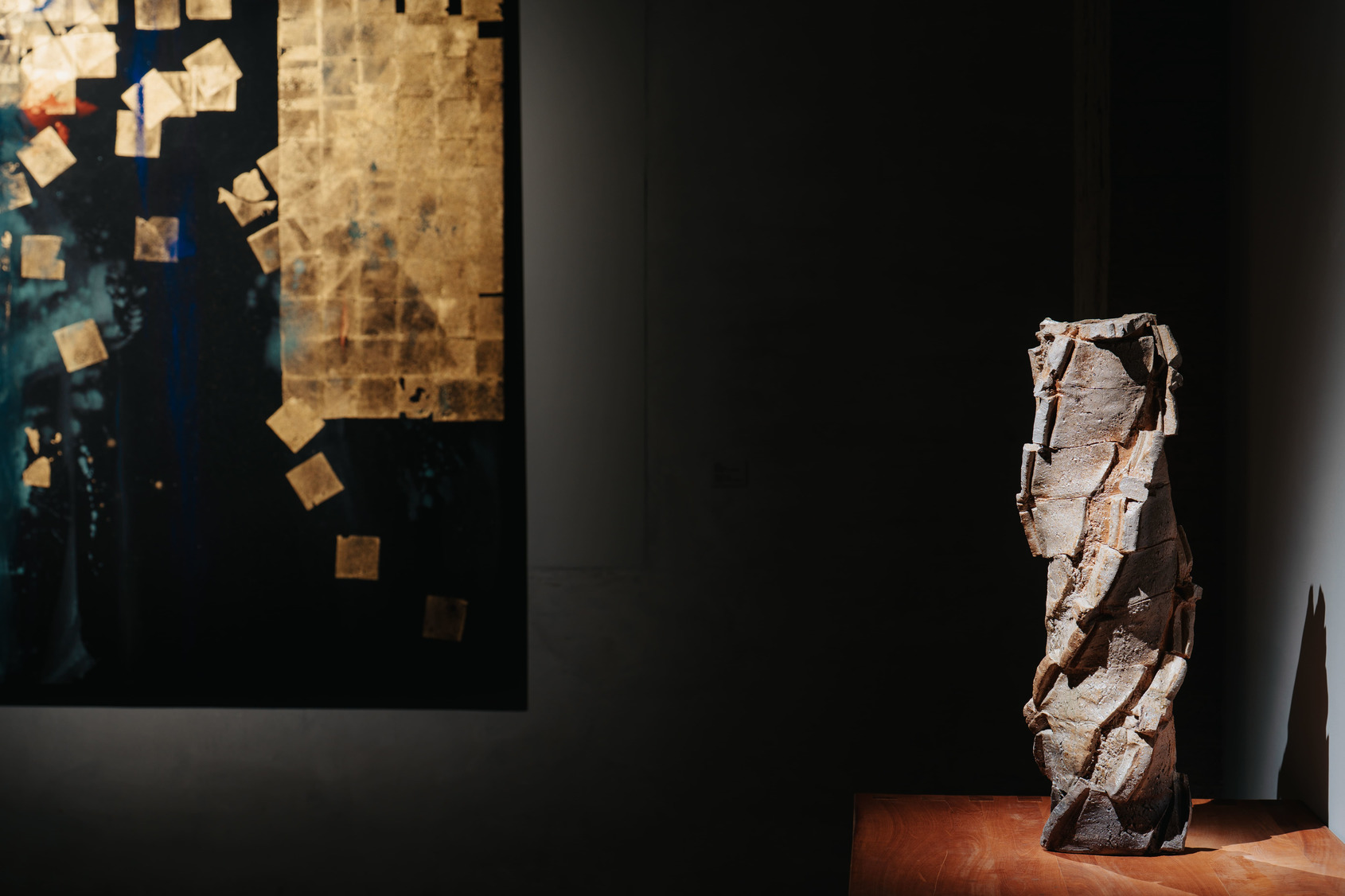Shozo Michikawa (b. 1953) is a Japanese ceramic sculptor whose works reveal swirling spiral patterns that break free from convention, embodying the abundant creative force of nature. Viewed collectively, his series resemble monumental geological forms rising from desert landscapes, standing as markers of energy and vitality.
His works are represented in museums and galleries across the UK, France, Italy, Japan, Germany, and the United States. Over the course of more than fifty solo and group exhibitions worldwide, over twenty monographs of his work have been published, including by institutions such as the Ashmolean Museum, Oxford; Los Angeles County Museum of Art; Museo Internazionale delle Ceramiche in Faenza; and the Museum für Kunst und Gewerbe Hamburg.
Creative Background
Michikawa’s practice is deeply rooted in the unique landscape of his birthplace in Hokkaidō. He grew up at the foot of Mount Usu, an active volcano whose eruptions convey the ferocity of natural energy. Nearby, Lake Tōya — a deep blue caldera lake framed by snow-covered lava fields — has also been a constant presence.
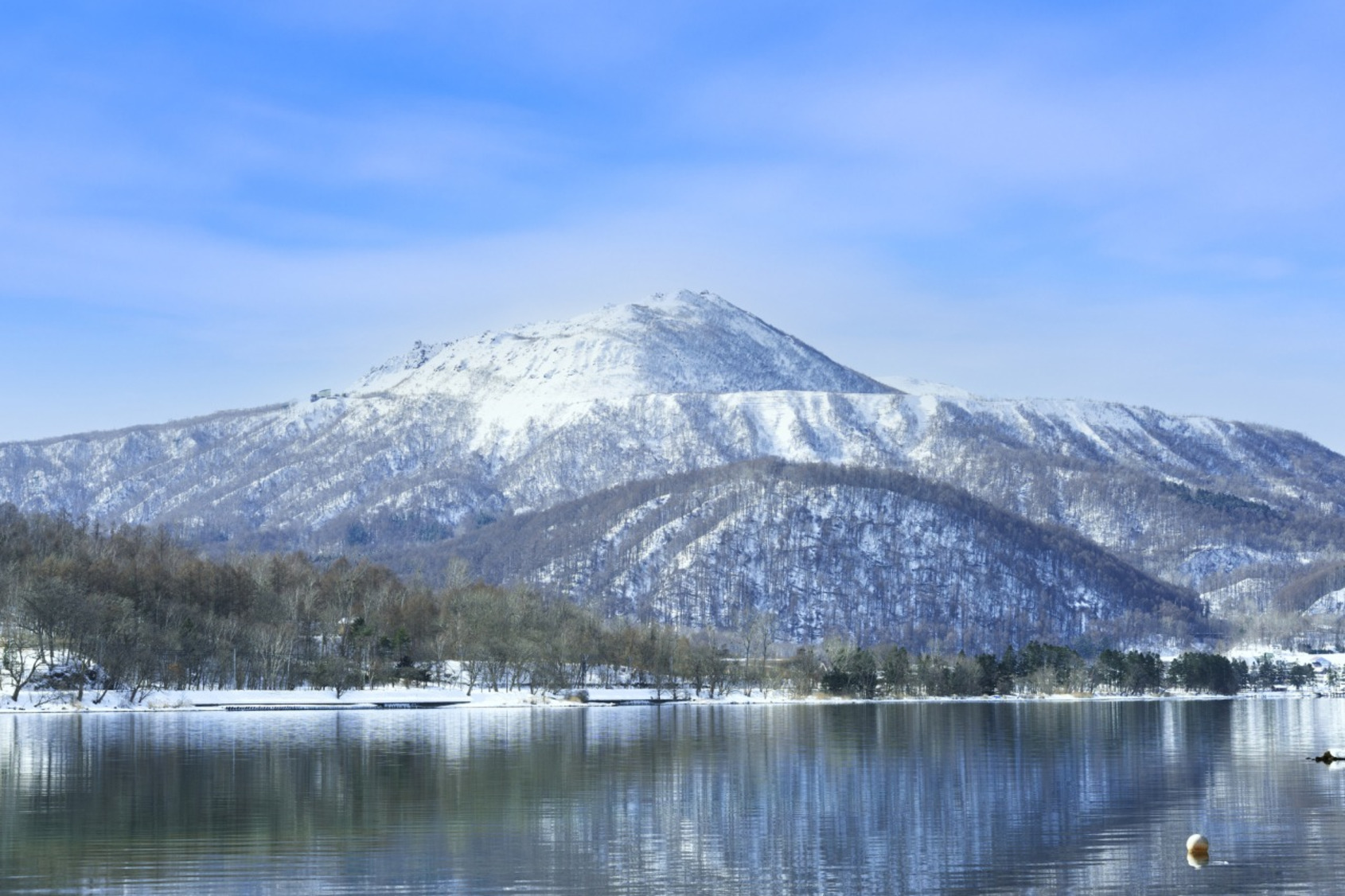 Mount Usu and Lake Tōya, Hokkaido © Hokkaido Tourism Organization
Mount Usu and Lake Tōya, Hokkaido © Hokkaido Tourism Organization Building his own kilns, Michikawa subjects clay to extreme temperatures, where minerals and falling ash crystallize into shimmering silver or cobalt blue traces on the surface. This process, akin to geological upheaval, reflects his reverence for and dialogue with the natural environment.
For the past 45 years, he has worked in Seto, one of Japan’s most historic ceramic centers. Although he began with functional pottery and possesses deep knowledge of Japanese ceramic traditions, he did not come from a lineage of potters nor attend art academies. Instead, he chose ceramics as a vocation only in his late twenties, enabling him to step beyond inherited boundaries and reinvent himself as a sculptural artist.
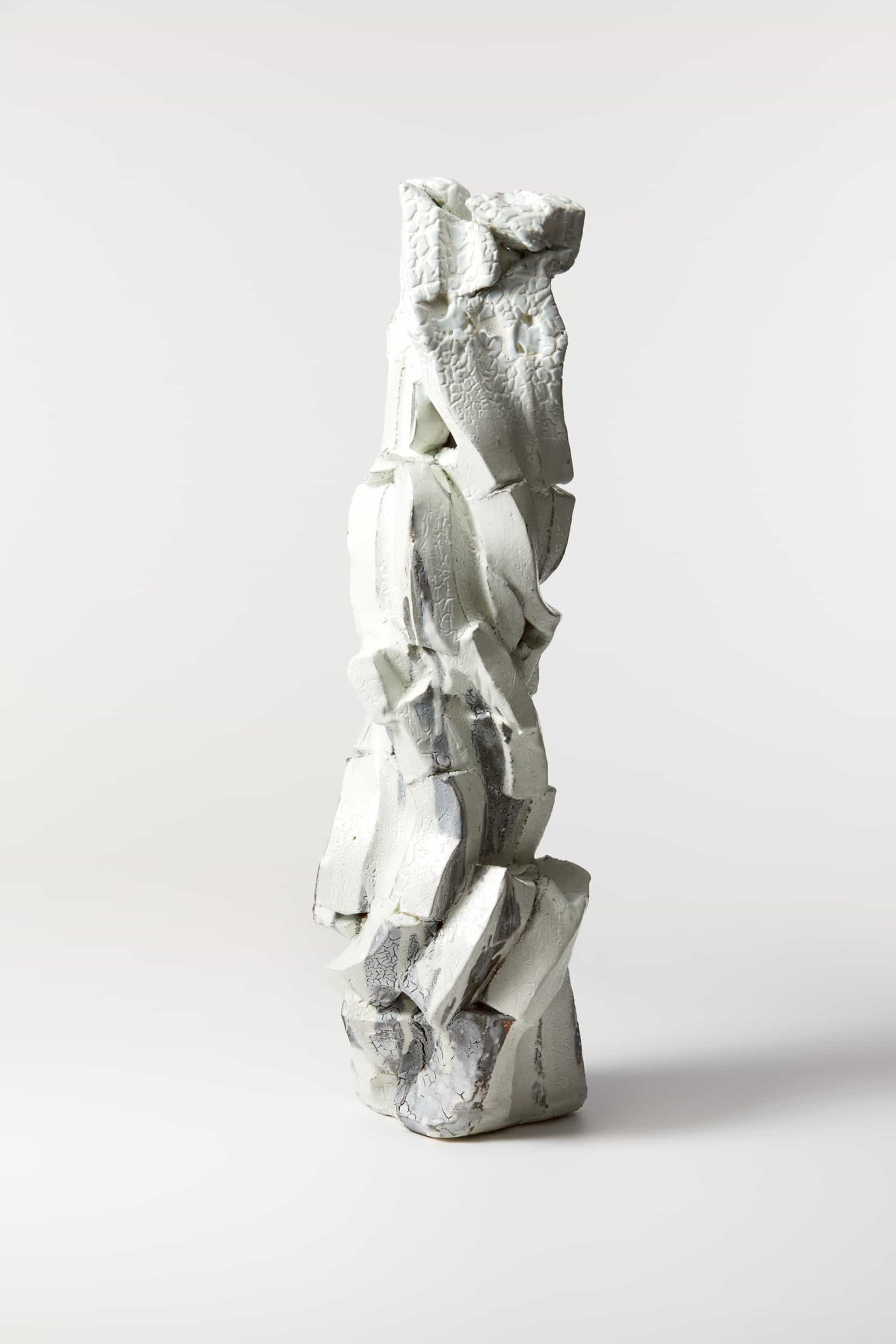 Kohiki Sculptural Form © Shozo Michikawa Ceramic Sculpture
Kohiki Sculptural Form © Shozo Michikawa Ceramic SculptureIn the postwar years, several Kyoto-based artists challenged the conventions of Japanese ceramics, questioning the dominance of utility, function, and traditional aesthetics. Treating clay as an artistic medium in itself, they sought new modes of contemporary expression. This avant-garde movement, called
sōdei (“walking freely in clay”), was inspired by modernist sculptors such as Constantin Brancusi, Henry Moore, and Isamu Noguchi. It marked a turning point in the modernization of Japanese ceramics, establishing its role in international contemporary art.
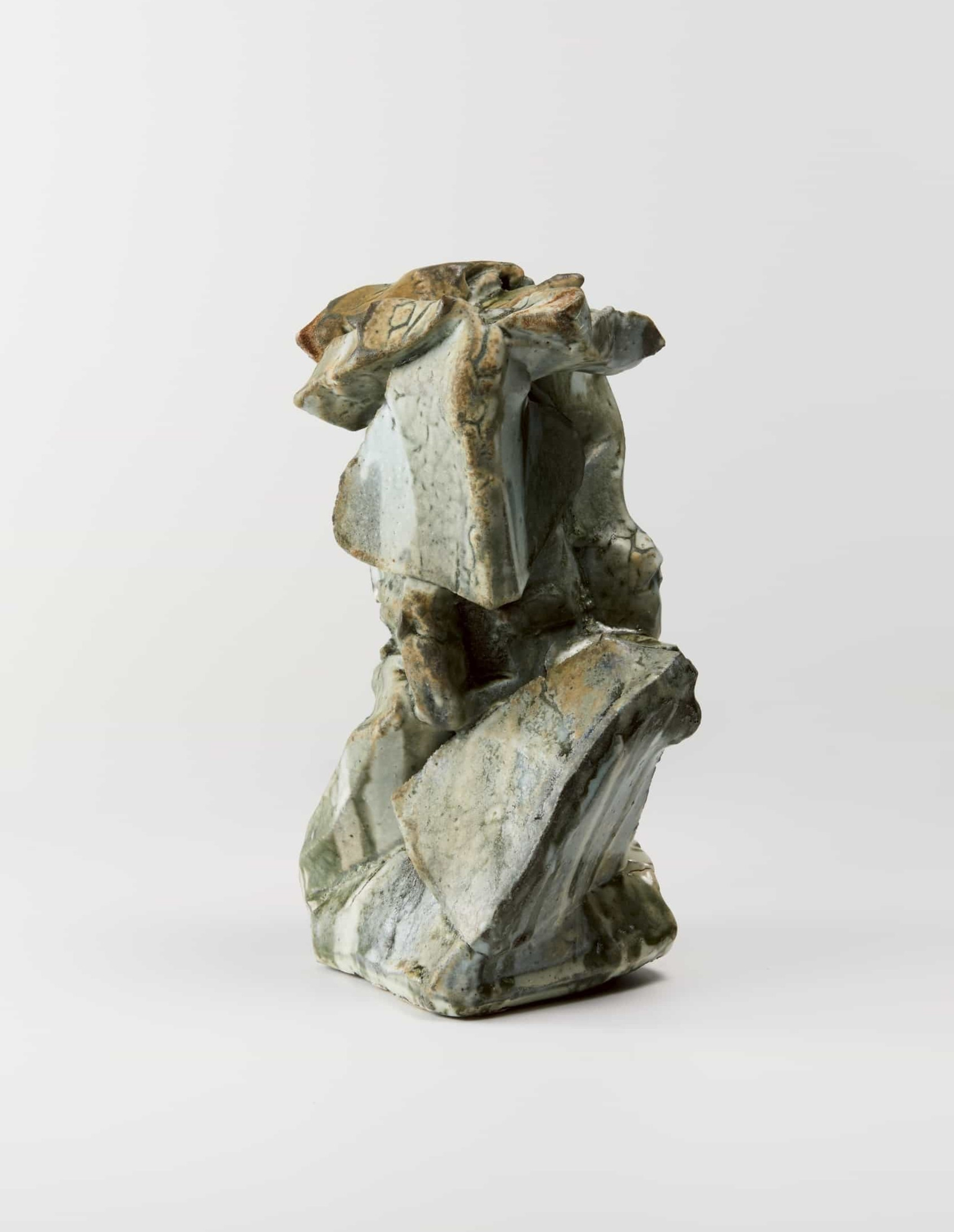 Kohki Natural Ash Sculptural Form © Shozo Michikawa Artistic Style
Kohki Natural Ash Sculptural Form © Shozo Michikawa Artistic StyleNature remains the fountainhead of Michikawa’s creativity, and his daily rhythms are closely attuned to natural surroundings. Beyond the volcanic terrain of his Hokkaidō youth, his Seto studio lies at the foot of forested mountains. He also founded the Sasama International Ceramic Art Festival in a remote village of Shizuoka Prefecture, a region surrounded by streams, forests, and tea fields.
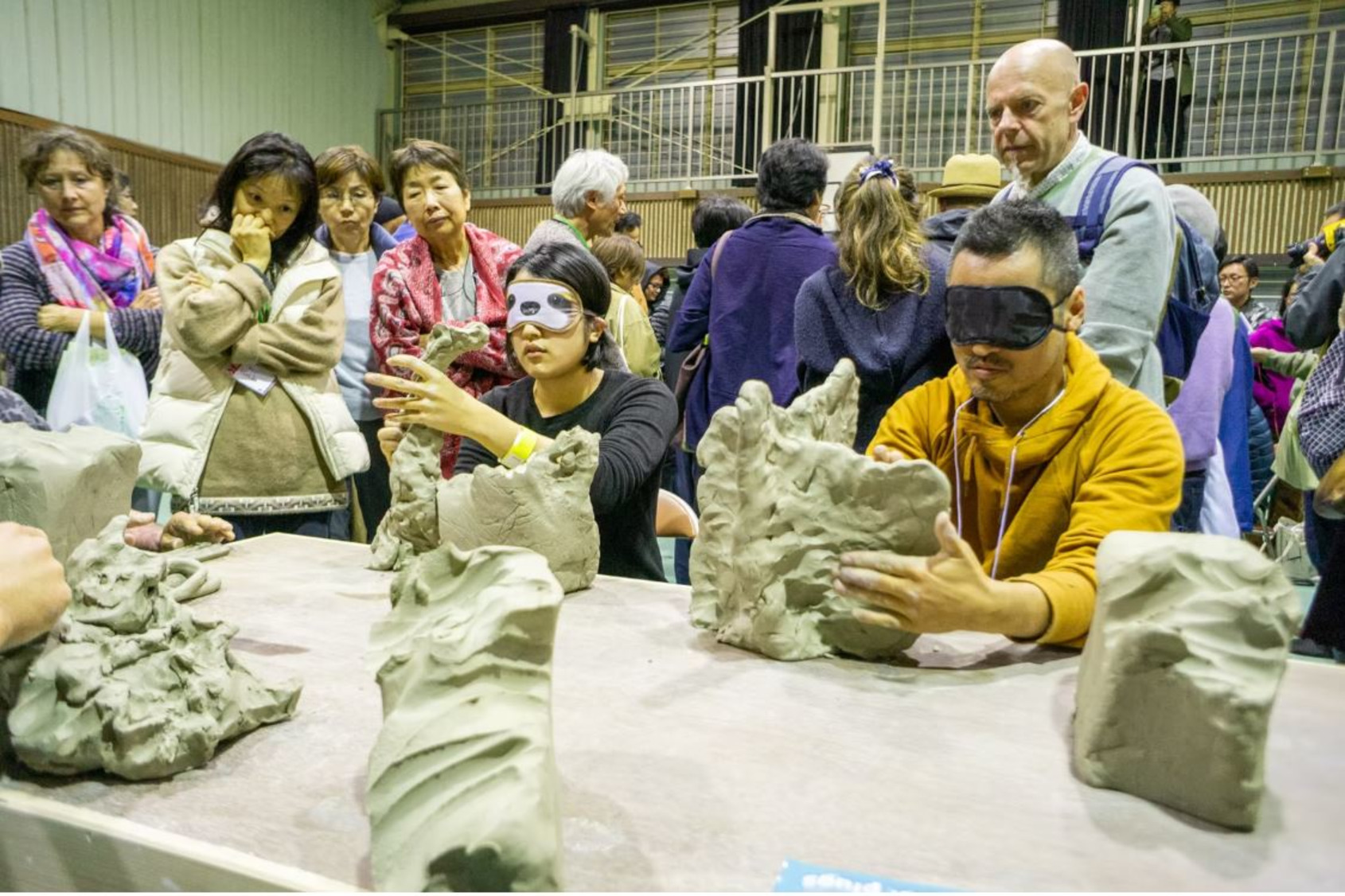 Sasama International Ceramic Art Festival © courtesy of the artist
Sasama International Ceramic Art Festival © courtesy of the artist His inspiration derives from geological formations, ecological cycles, seasonal shifts, vegetation, and the microstructures of life. He is equally drawn to transformative forces such as volcanoes, typhoons, earthquakes, and tsunamis. Nature’s power reveals both destruction and regeneration, and through time, healing and renewal.
Decades of honing technique have allowed Michikawa to execute rapid, almost performative gestures at the wheel — pulling, slicing, and twisting clay into ever-changing forms that seem conjured in real time. Yet he describes the process as a dialogue: clay communicates its own intentions, and he responds.
After throwing on the wheel, he incises, cuts, and gouges the clay surface, then manipulates it from within as the vessel spins. Incisions open into fissures; planes of clay bulge outward, creating dramatic sculptural effects. He understands clay’s intrinsic properties — expansion, contraction, fracture — during firing, and works in response to these natural forces. At times, the clay itself seems to dictate unexpected twists and deformations.
The use of slip and natural glazes introduces further unpredictability, coating forms like vegetation and snowfall upon volcanic terrain. These elements, rather than controlled away, are preserved as part of the work’s vitality.
For Michikawa, such “imperfections” are not flaws but invitations to dialogue with nature. Allowing natural will to exceed human planning, he creates textures that appear more geological than crafted — works that seem less made than born.
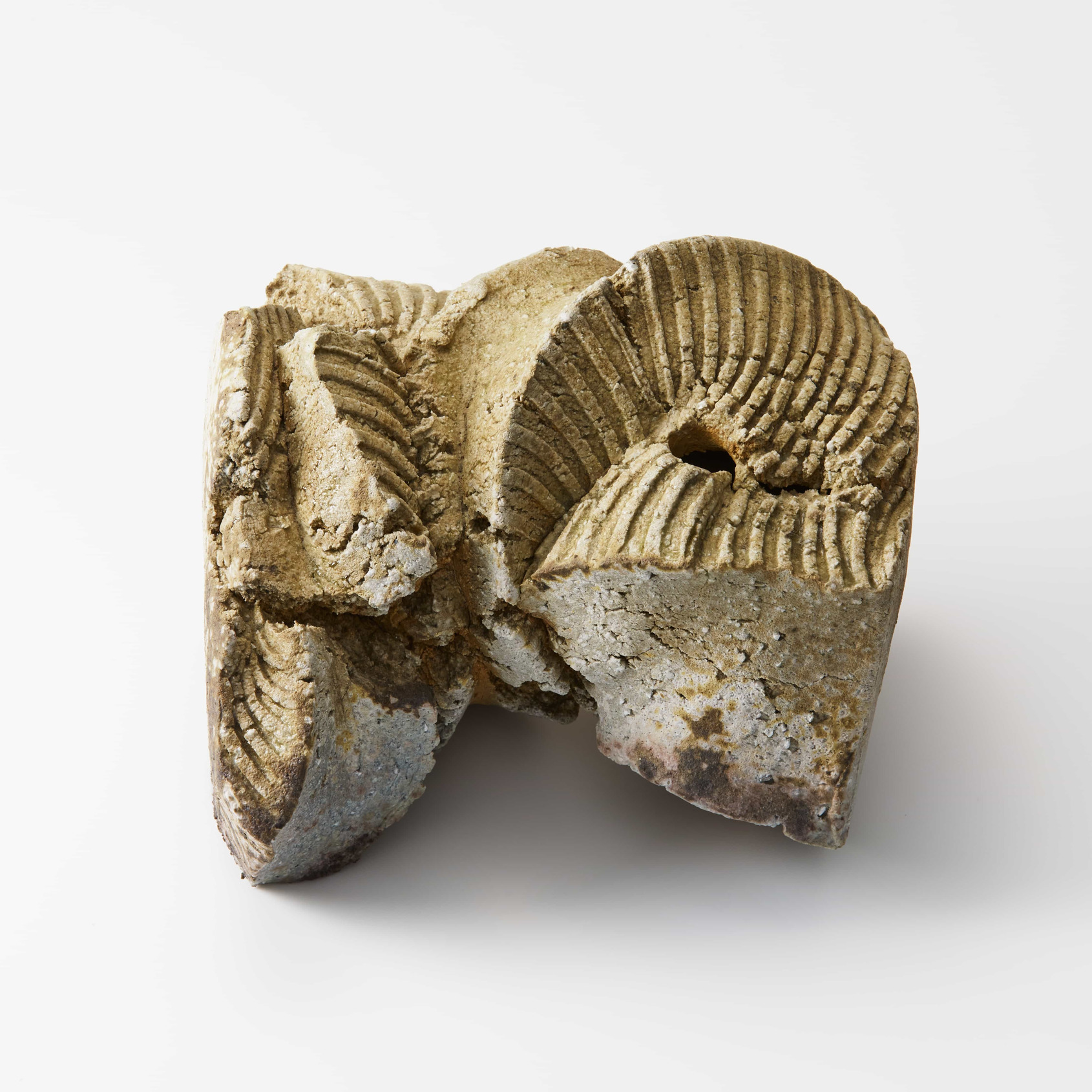 Natural Ash Sculptural Form © Shozo Michikawa Dust and Gold — A Dialogue of Two Artists
Natural Ash Sculptural Form © Shozo Michikawa Dust and Gold — A Dialogue of Two ArtistsThe dual exhibition
Dust and Gold stages a profound conversation in materials, methods, and philosophies between Shozo Michikawa and Makoto Fujimura.
Michikawa’s ceramic sculptures embody twisting and spontaneous rupture, often wheel-thrown and then deconstructed, their surfaces marked by intense spirals, fractures, and sudden gestures — dynamic imprints of velocity and contingency.
Fujimura, conversely, employs
nihonga pigments, gold and silver leaf, and mineral-based techniques of layered, slow application. His works shimmer with quiet radiance, embodying the ethos of “slow art.”
Philosophically, both artists affirm the generative agency of material. Michikawa listens to clay’s responses, allowing form to emerge through its transformations. Fujimura cherishes the spirituality of pigment and metal leaf, treating creation as both sedimentation of time and manifestation of grace.
Their shared Japanese heritage grounds their work in
wabi-sabi aesthetics — the embrace of imperfection and impermanence. Michikawa channels nature’s overwhelming energy through rupture and flow; Fujimura finds redemptive beauty through
kintsugi, the art of repairing with gold. Together, their works summon a dialogue of brokenness, resilience, and transcendence.
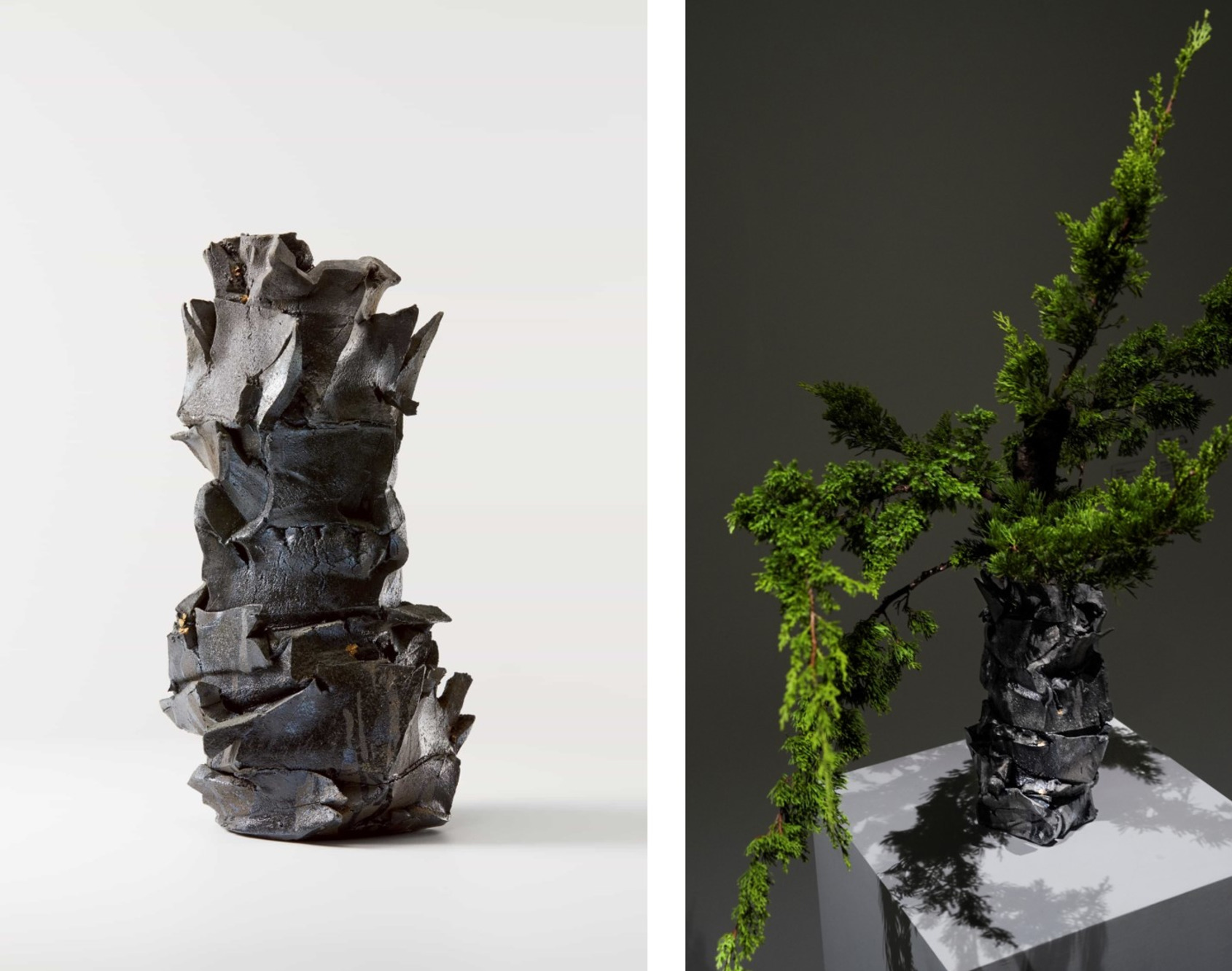 Volcano with gold Sculptural Form © Shozo Michikawa ∕ Dust and Gold:Makoto Fujimura, Shozo Michikawa © ALIEN Art Centre
Volcano with gold Sculptural Form © Shozo Michikawa ∕ Dust and Gold:Makoto Fujimura, Shozo Michikawa © ALIEN Art Centre
Richard Chang bridges corporate management and the humanities, devoting himself to cultural education. Founder of “Dunnan Art Forum,” he promotes art history, aesthetics, and literature, interpreting complex concepts in accessible language that connects audiences with artists. His combined academic and practical expertise allows him to balance rational analysis with emotional insight. As academic director for Dust and Gold, he provides philosophical and cultural depth, guiding viewers to see how Makoto Fujimura and Shozo Michikawa engage time, matter, and life in their work. Chang serves as both bridge and guide, ensuring that Dust and Gold becomes not only a visual exhibition but also a profound spiritual journey into the essence of art and existence.







